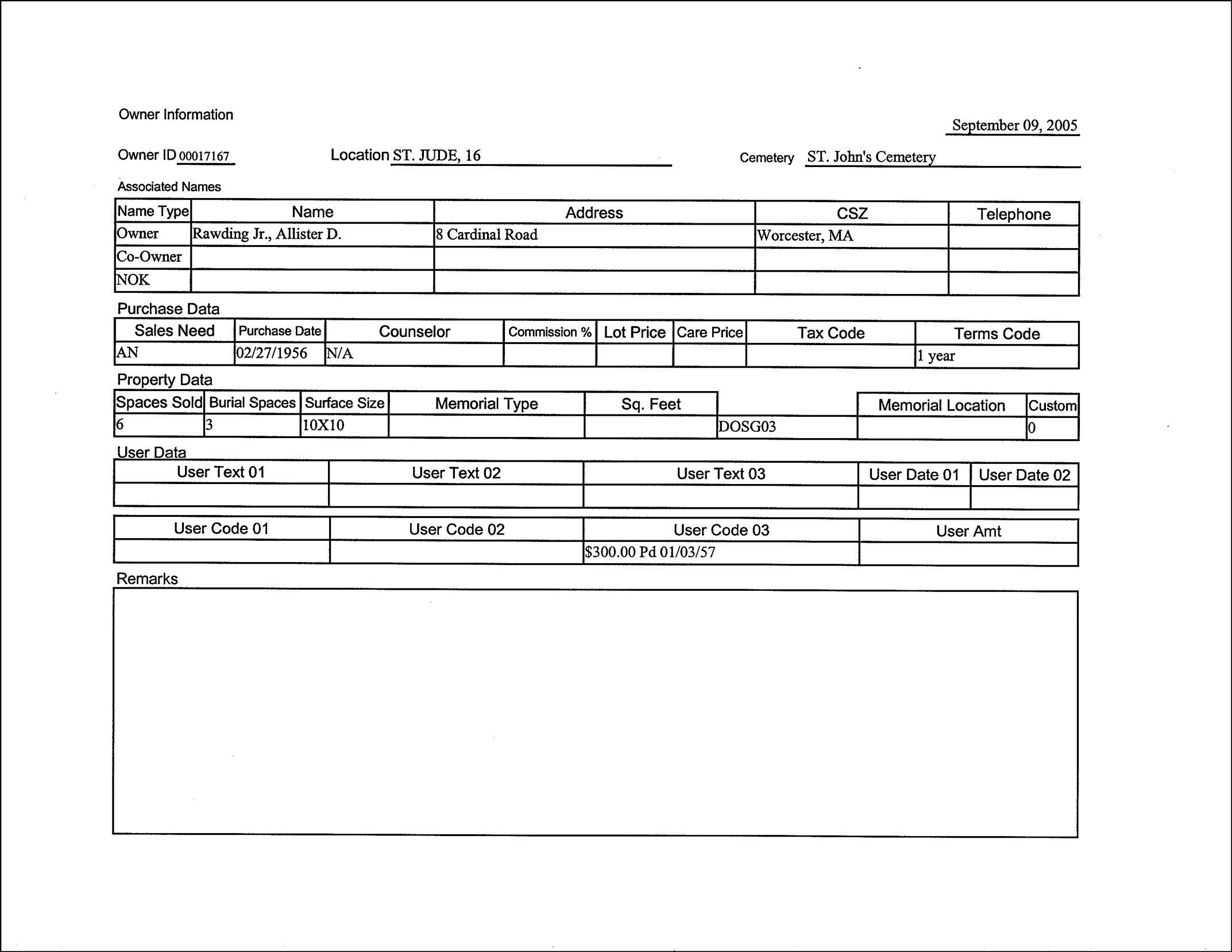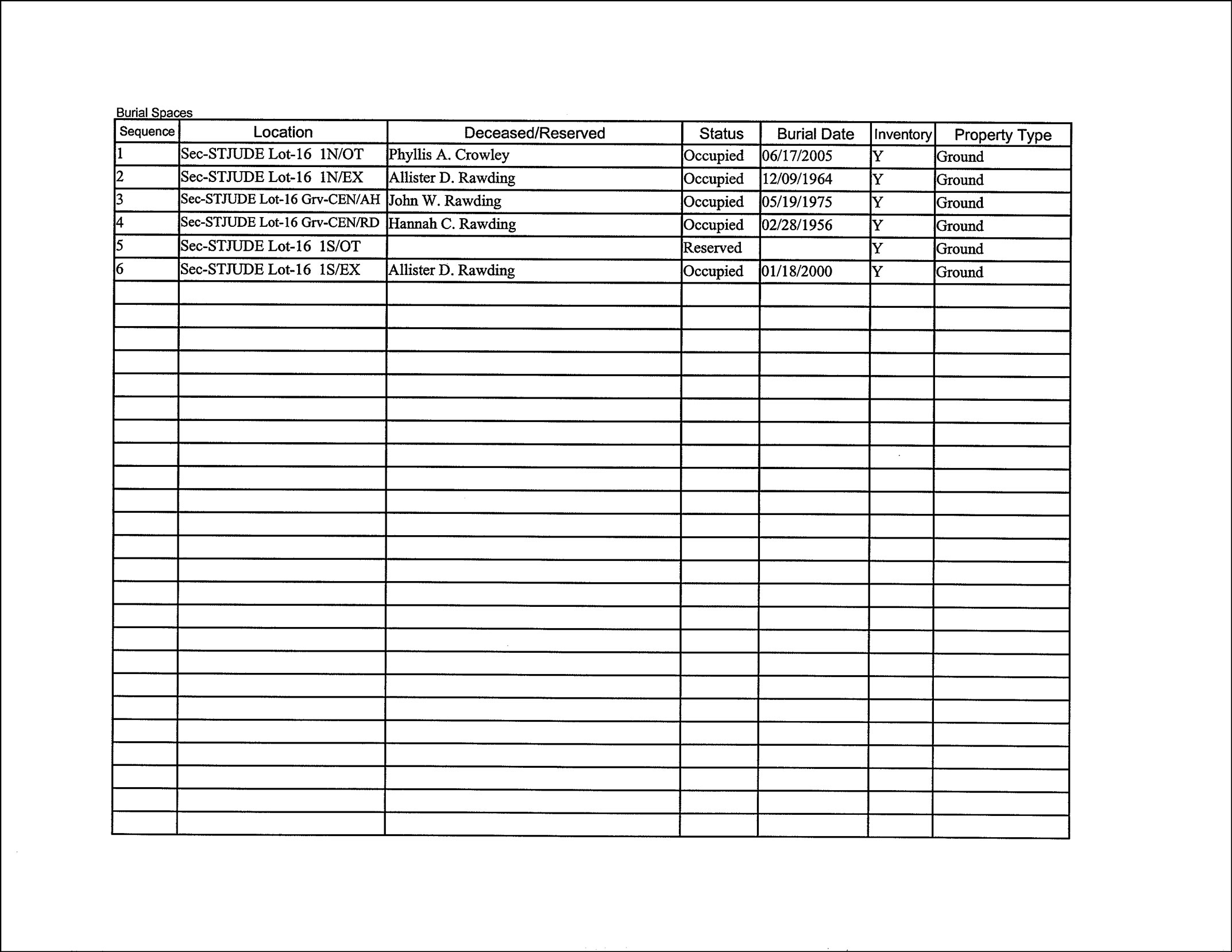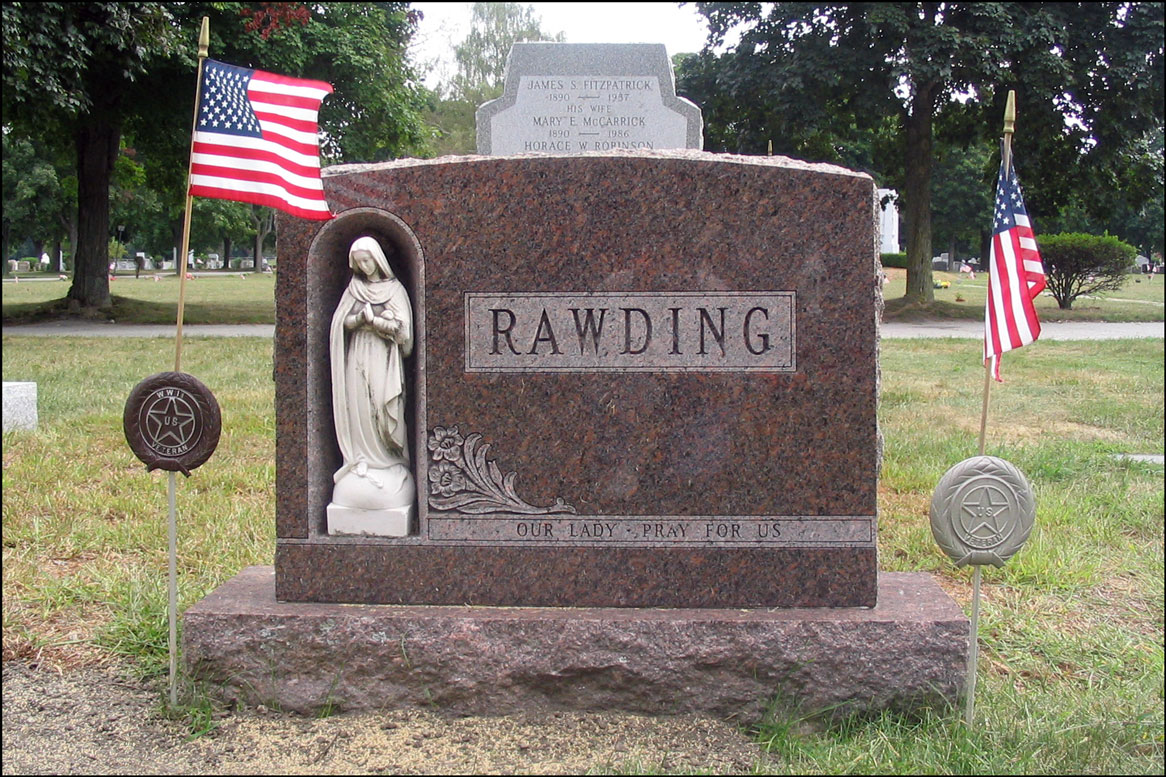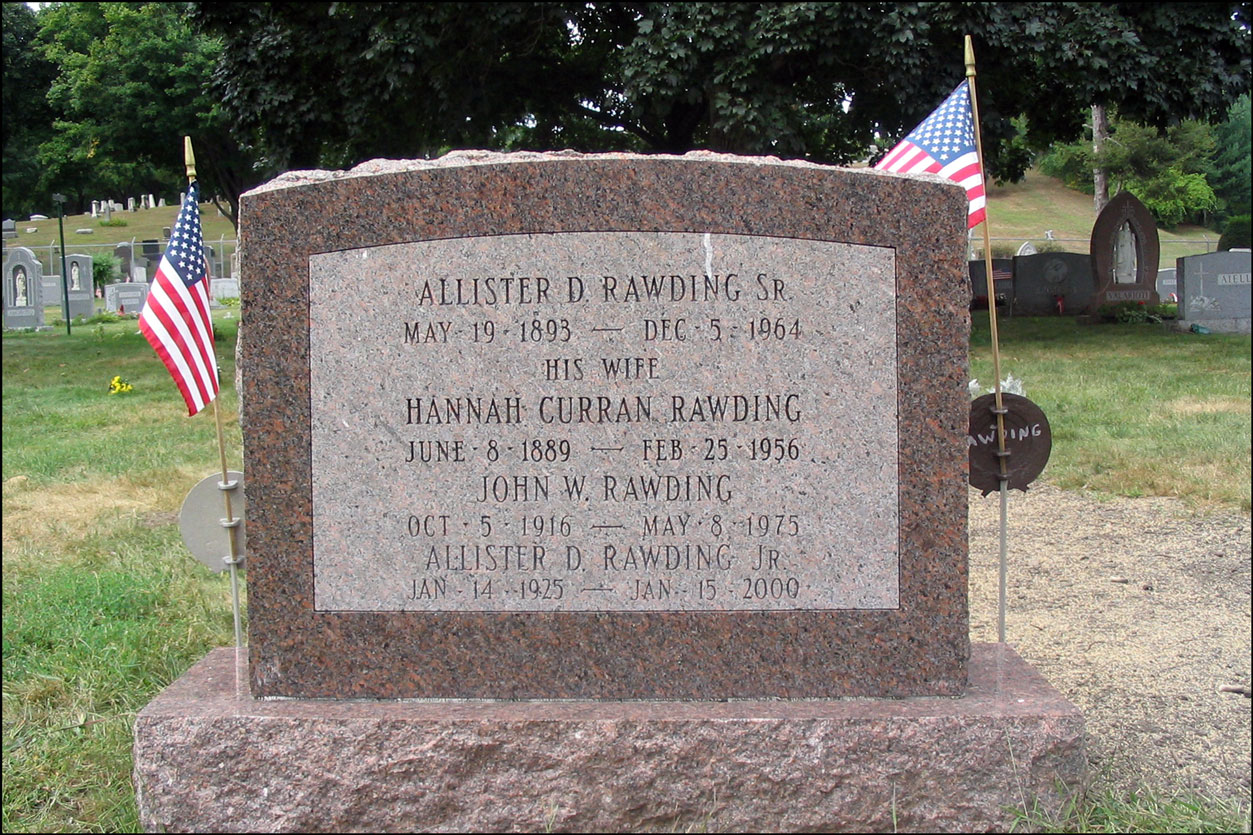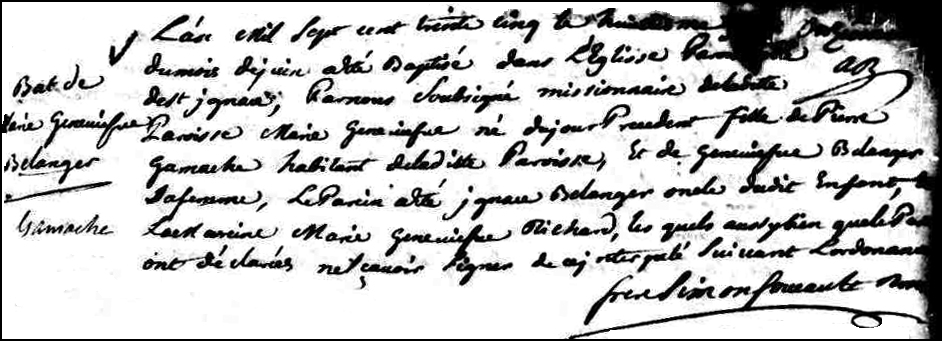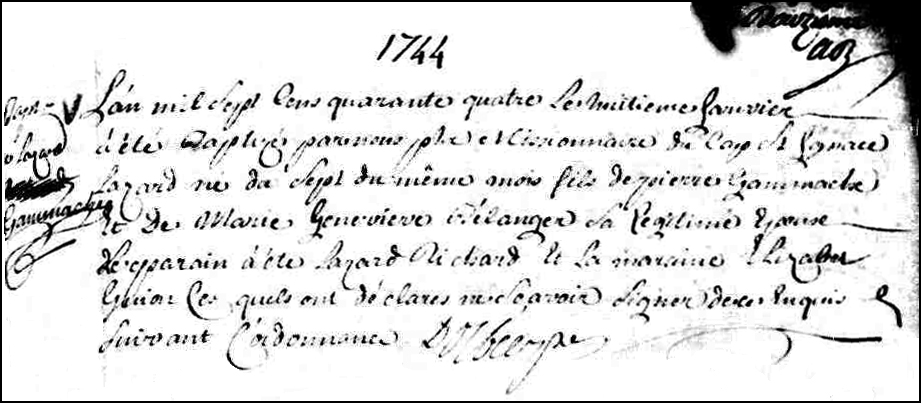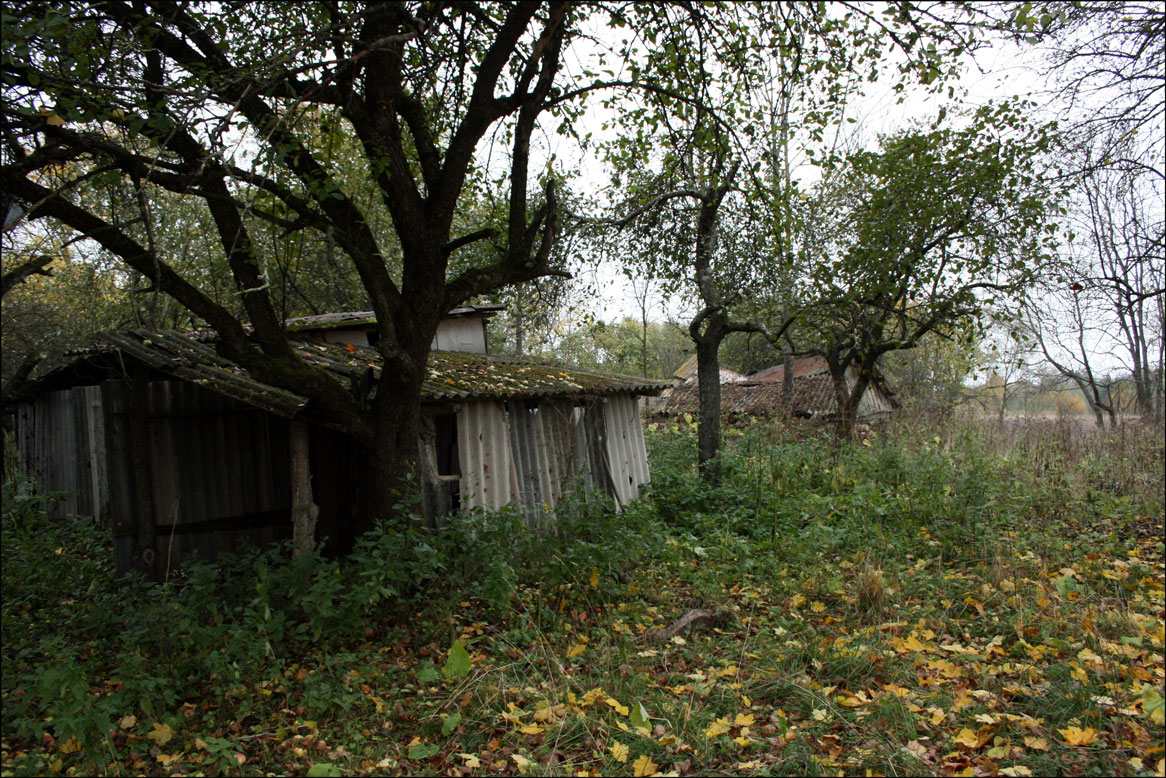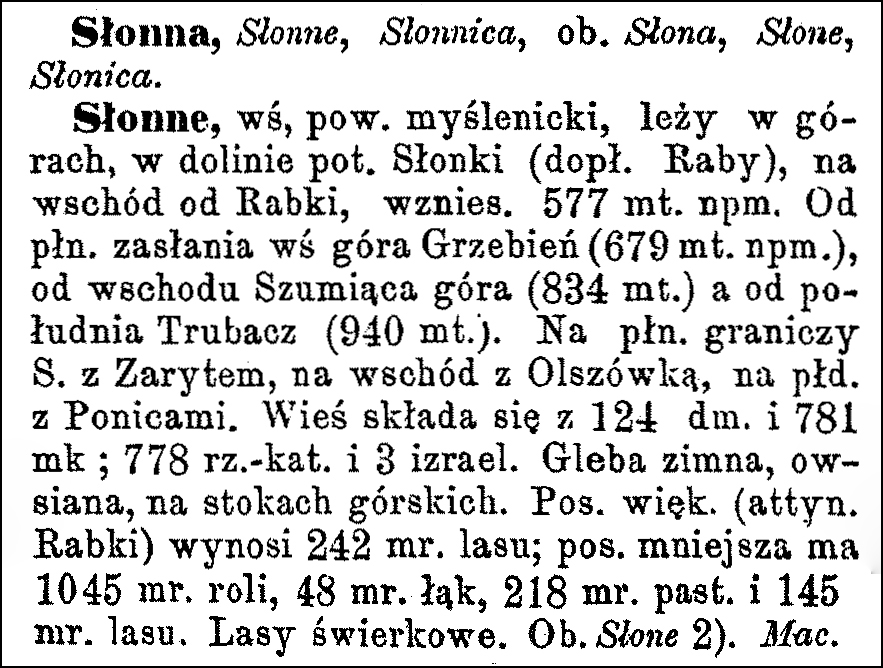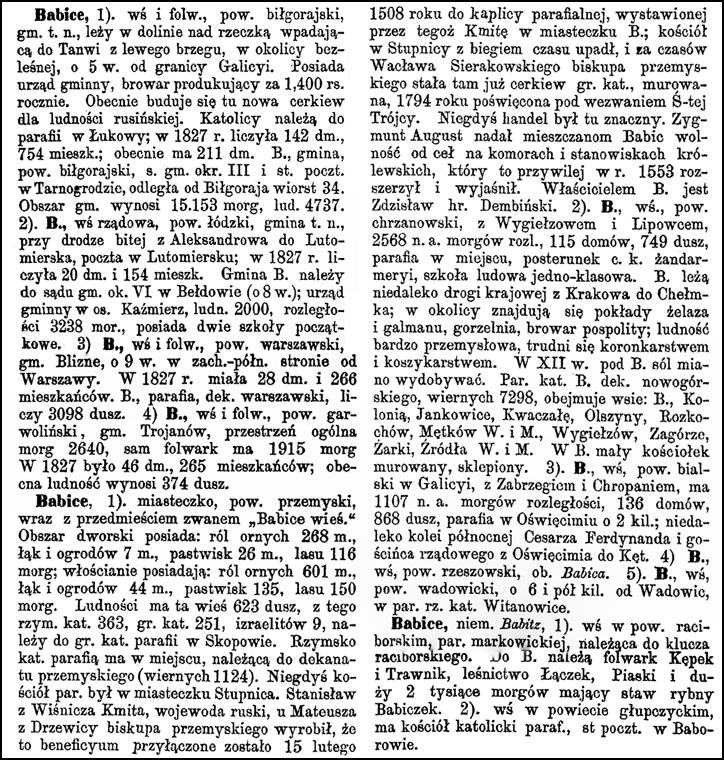Słone is another village near my grandparents’ home village of Nienadowa. The Słownik Geograficzny Królestwa Polskiego i Innych Krajów Słowiańskich (Geographical Dictionary of the Kingdom of Poland and other Slavonic Countries) has a number of listings for Słone that include a lake and a mountainous region as well as several villages.
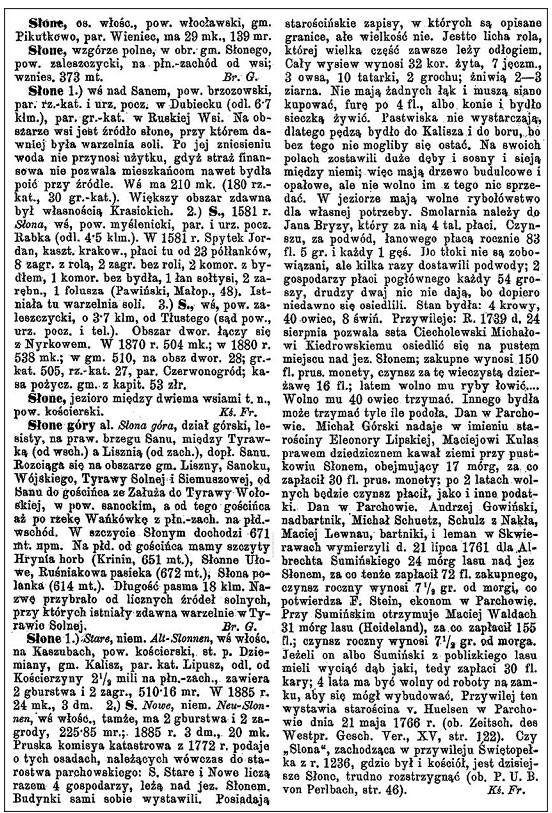
Słownik Geograficzny Entries for Słone and Słone Góra
Source: Source: Chlebowski, Bronisław, Władysław Walewski, and Filip Sulimierski, eds., Słownik Geograficzny Królestwa Polskiego i Innych Krajów Słowiańskich (Geographical Dictionary of the Kingdom of Poland and other Slavonic Countries) – Warsaw 188p, Volume X, pages 821-822.
Click on the link for a PDF copy of the Słownik Geograficzny Entries for Słone and Słone Góra. Translated from the Polish, the entries read:
Słone, a settlement of peasants in the Włoscławski powiat [district] in the Pilutkowo gmina [community]. The parish is in Wieniec. There are 29 residents and 139 mórgs [in the Russian partition 1 morg = 1.388 acres].
Słone, a dirt hill on the border of Słone gmina in Zaleszczycki powiat, to the northwest of the village, 373 meters in elevation.
                               Bronisław Gustawicz
Słone 1.) a village on the San River in the Brzozowski powiat. There is a Roman Catholic church in Ruski Wieś. In the vicinity of the village is the Słone spring, near which long ago there was a salt works. After its closure, the water wasn’t brought for use, because the fiscal guard didn’t permit the residents or even the animals to drink at the spring. The village has 210 residents (180 Roman Catholic, 30 Greek Catholic). Long ago, the greater property was owned by the Krasickis.
2.) Słone, in the year 1581called Słona, a village in the Myślenicki powiat. The parish and post office was in Rabek (4-5 kilometers distant). In 1581, Spytek Jordan, the Castellan of Kraków, paid here for 23 half-fields, 8 farmsteads with land, 2 farmsteads without land, 2 chambers with cattle, 1 chamber without cattle, 1 field of the sołtys [chairman of the village council] 2 cutters, 1 fuller (Pawiński, Małop., 48). A salt works existed here.
3.) Słone, a village in the Zaleszczycki powiat, about 3.7 kilometers from Tłustego (site of the district court, the post office, and a telegraph). The territory of the manor was joined with Nyrków. In 1870 there were 504 residents; in 1880 there were 538 residents; in the gmina there were 510, in the area of the manor 28; 505 were Greek Catholics, 27 were Roman Catholics. The parish is in Czerwonogród; a loan office building with 53 Russian złoty of capital.
Słone, a lake between two villages of the same name in Kościerski powiat.
                               Father Fr.                 Â
Słone góry or Słona góra, a mountainous region, forested, on the right bank of the San River between Tyrawka (to the east) and Lisznia (to the west), a tributary of the San. It sprawls over the area of the Liszny gmina, Sanok, Wójski, Tyrawy Solny, and Siemuszów, from the San to the track from Załuta to Tyrawy Wołoski, in the Sanocki powiat, and from this track until after the Wańkóek river from the northwest to the southeast. The summit of Słone reaches 671 meters above sea level. To the south, from the track we have the peak of Hrynia horb (Krinin, 651 meters). Słonne Ułowe, the Ruśniaków apiary 672 meters). Słona polanka (614 meters). The length of the strip is 18 kilometers. The name was adopted because of the numerous salt springs, near which a salt-works existed long ago in Tyrawa Solna.
                             Bronisław Gustawicz
Słone 1.) Stare [Old], the German name is Alt-Slonnen. A village manor in Kashubia in the Kościerski powiat, the post office is in Dziemiana, Kalisz gmina, the Catholic parish is in Lipusz. Not far from Kościerzyn, 2 ½ miles to the northwest. It includes 2 gburstwa and 2 farmsteads, 510.16 mórgs. In 1885 there were 24 residents and 3 homes.
2.) Słone Nove [New], the German name is Neu-Slonnen. A village manor that also has 2 gburstwa and 2 farmsteads, 225.85 mórgs. In 1885 there were 3 homes and 20 residents. In 1772, the Prussian committee on disasters announces about this settlement, lying down then to the district parchowski: Słonce Stary and Nowy together total 4 farms and lie on the small lake Słone. The buildings themselves stand out. The records belong to the starost’s wife in which there are descriptions of the borders but not the size. There is poor soil, of which a great part always lays fallow. The entire sowing amounts to 32 vessels of rye, 7 of barley, 3 of oats, 10 of sweet flag, 2 of peas; a harvest of 2-3 grains. There are no meadows and they must buy hay, a wagon for 4 florens, or horses and cattle feed on chaff. The pastures are not sufficient, therefore they drive the cattle to Kalisz and to the forest, because without it they would not be able to survive. In their fields they leave a lot of oaks and pines and sow between them; thus they have wood for lumber and fuel, but they don’t freely sell it. In the lake they have free fishing for their own needs. Smolarnia belongs to Jan Bryz, who paid 4 tals for it. The rent, for underwater, is 54 groszy for each field, they don’t give anything for the twenty second because not until recently was it settled. The condition was: 4 cows, 40 sheep, 8 pigs. The privileges: in the year 1739 on the 24th day of August they allow ssta Ciecholewski for Michał Kiedrowski to settle in the empty place on Słone lake; the purchases amounted to 150 Prussian florens of money, rent for it in perpetual lease was 16 florens. In summer he had free fish to catch… Free for him to keep 40 sheep. He could keep other animals, as many as he could manage. Given in Parchów. Michał Górski grants in the name of the starost’s wife, Eleonor Lipska, to Maciej Kulas the right of inheritance to a piece of land near the desolation of Słone, encompassing 17 mórgs, for which he paid 30 Prussian florens of money; for 2 free fields he would pay rent and, as the other, tax. Given in Parchów, Andrzej Gowiński, beekeeper, Michał Schuetz, Schulz and Nakła, Maciej Lewnau, beekeeper and leman in Skwieraw, delivered on the 21st day of July 1761 for Albrecht Sumiński 24 mórgs of forest on lake Słone, for which he paid 72 florens for the purchase. Annual rent amounted to 7 ½ grosze per mórg, which was confirmed by F. Stein, overseer in Parchów. Near Sumiński, Maciej Waldach receives 31 mórgs of forest (Heideland), for which he paid 155 florens; annual rent amounts to 7 ½ grosze per mórg. If he or Sumiński had to cut down the neighboring oak forest, they paid 30 black florens; four years had to be free for work in the castle, in order for them to build. This privilege was set up by the starost’s wife v. Huelsen in Parchów on the 21st day of May 1766 (see Zeitsch. des Westpr. Gesch. Vr., XV, str. 122). If „Słona”, reaching a privilege Świętopełka in the year 1236, where there was a church, is the present day Słone, is difficult to determine (see P. U. B. von Perlbach, str. 46).
                                           Reverend Fr.
The village of Słone located near Nienadowa is the first description in the second entry, above, that describes a village on the San River.
This was another large translation that I’ll need to revisit. Several of the words are archaic and I couldn’t find them in my dictionaries. I’ll also have to check on the correct spellings of the place names.
Copyright © 2008 by Stephen J. Danko

